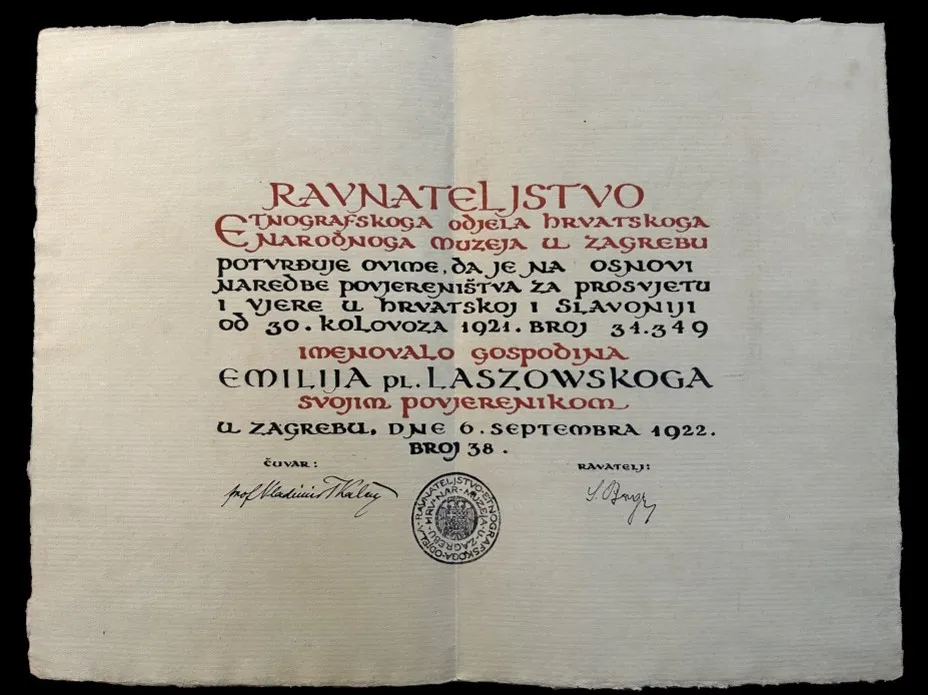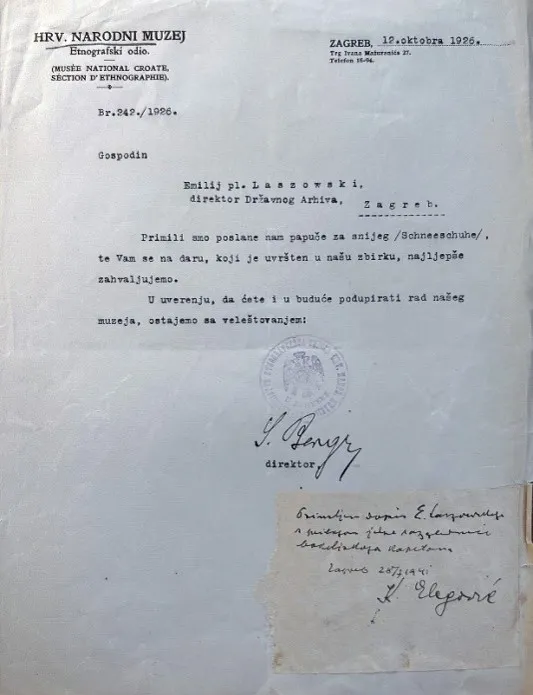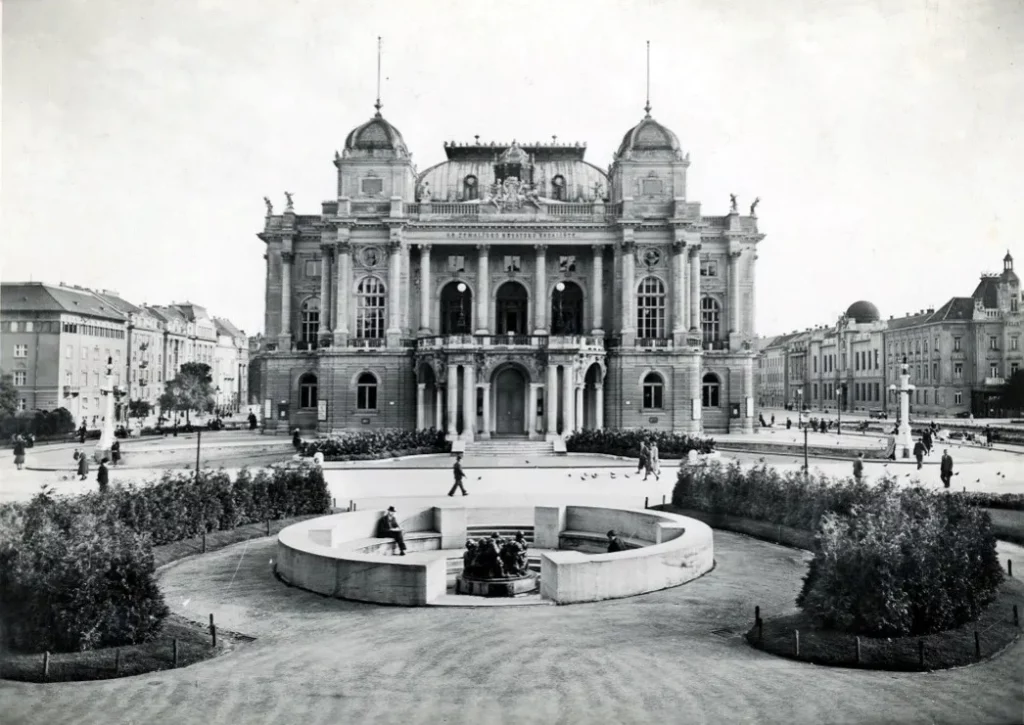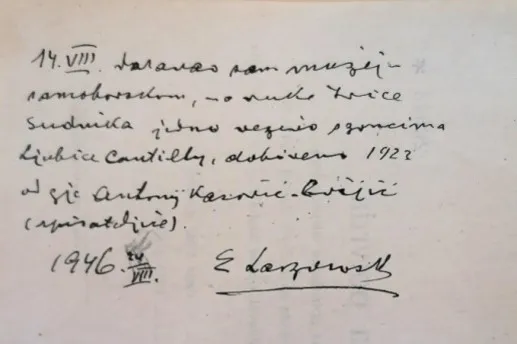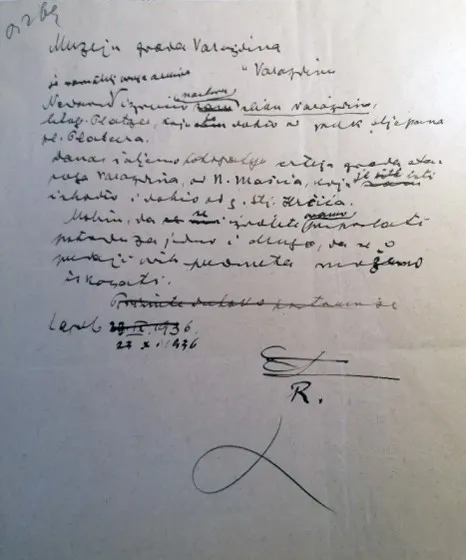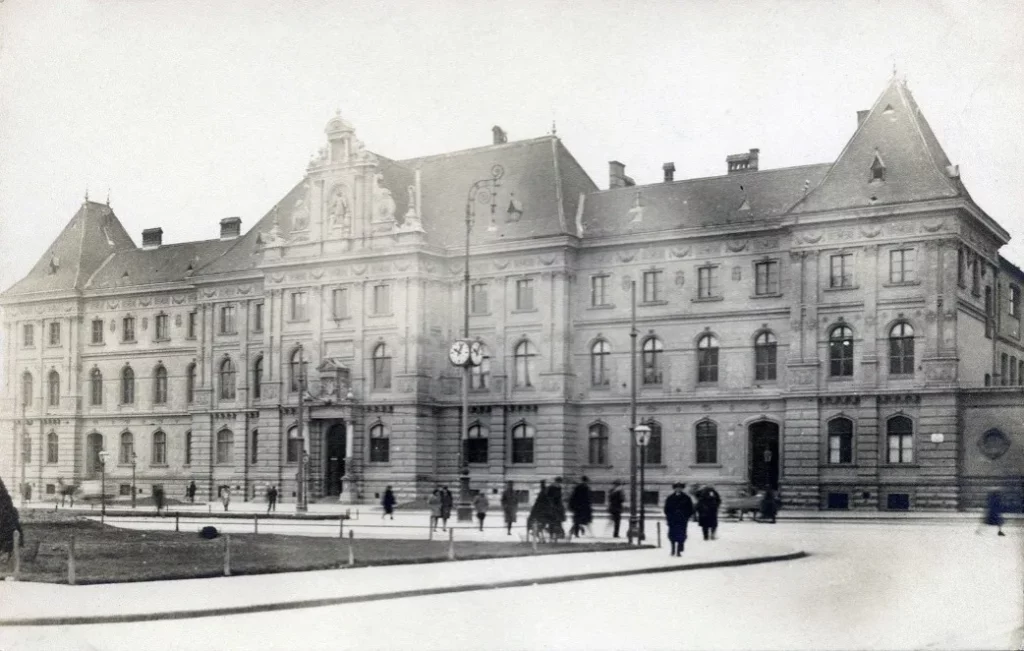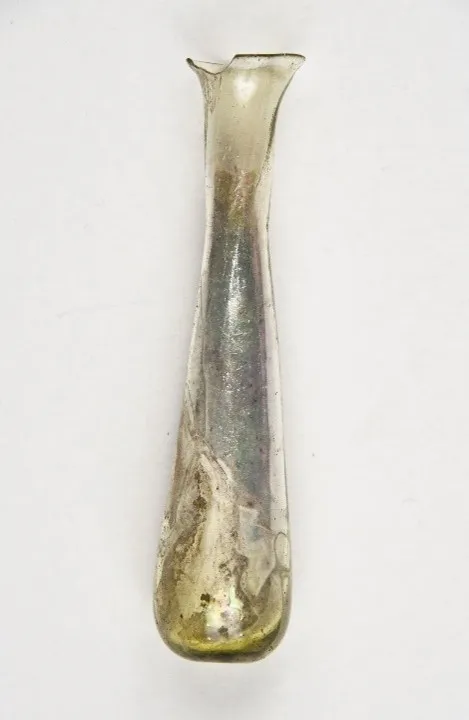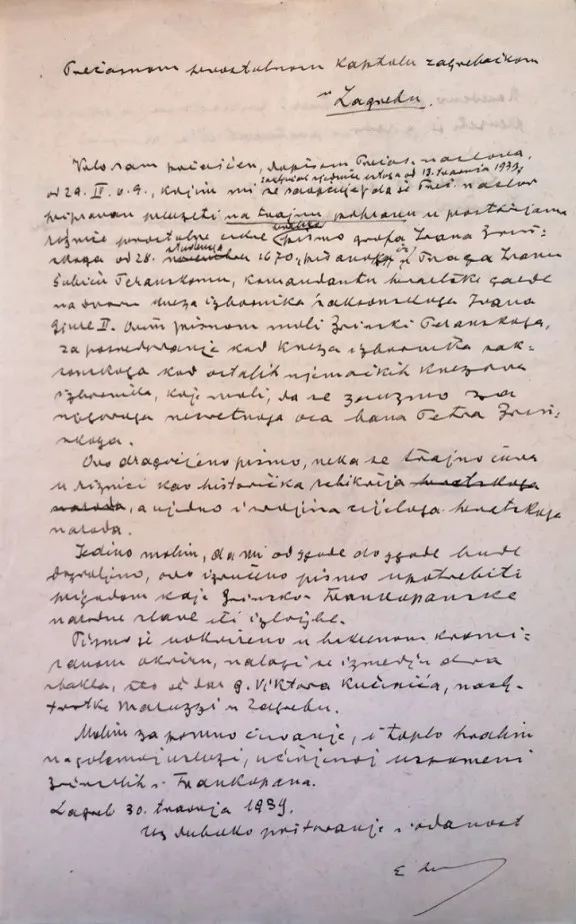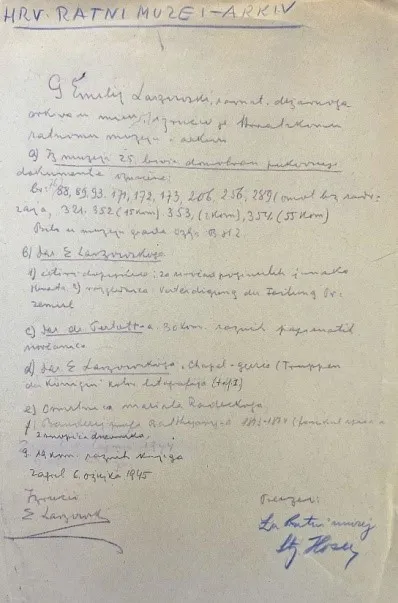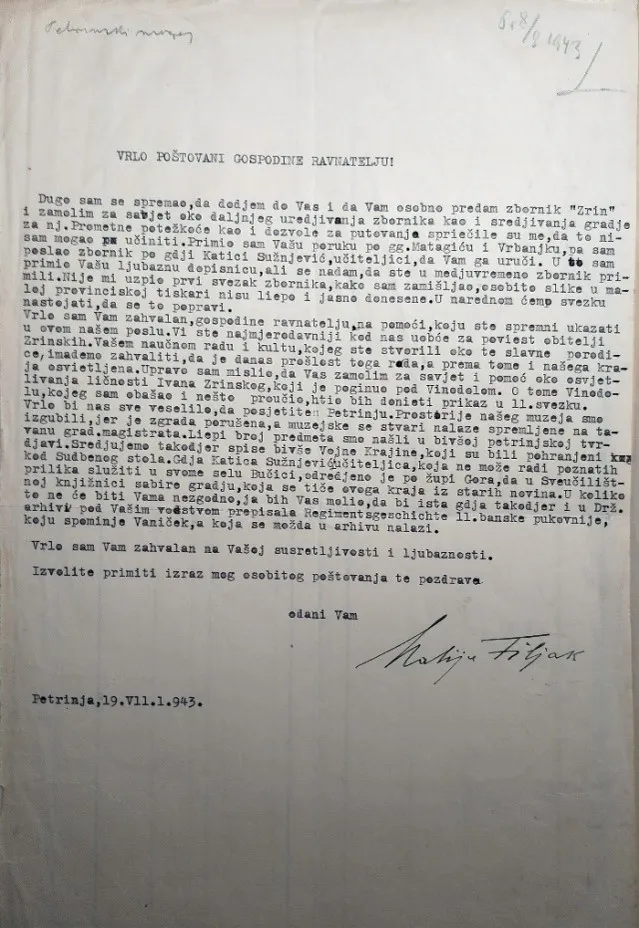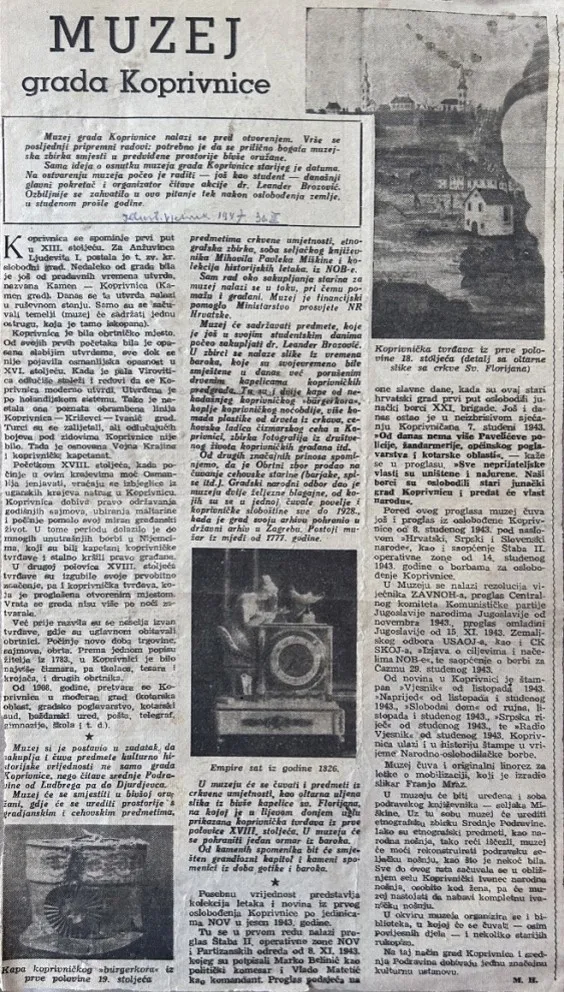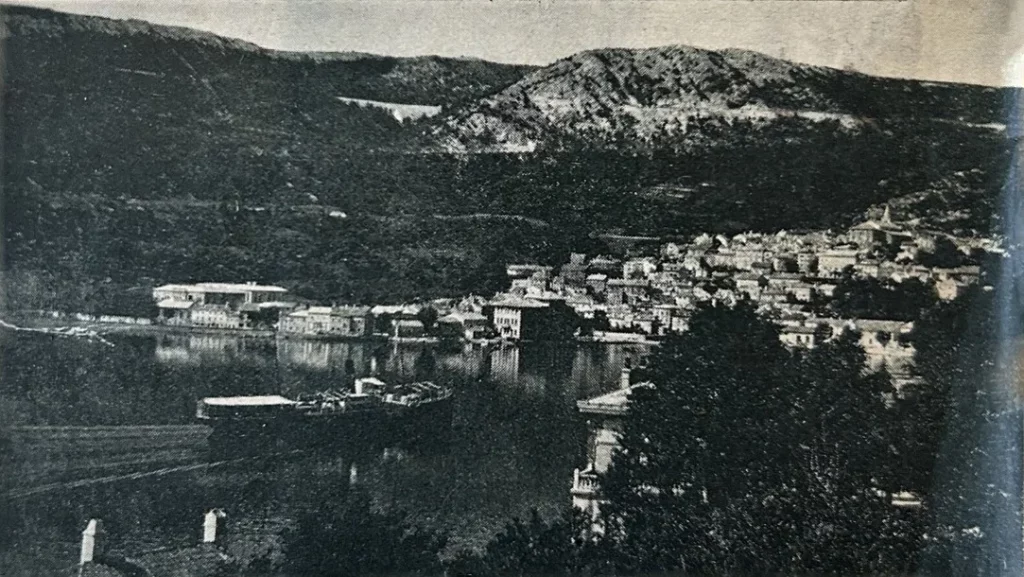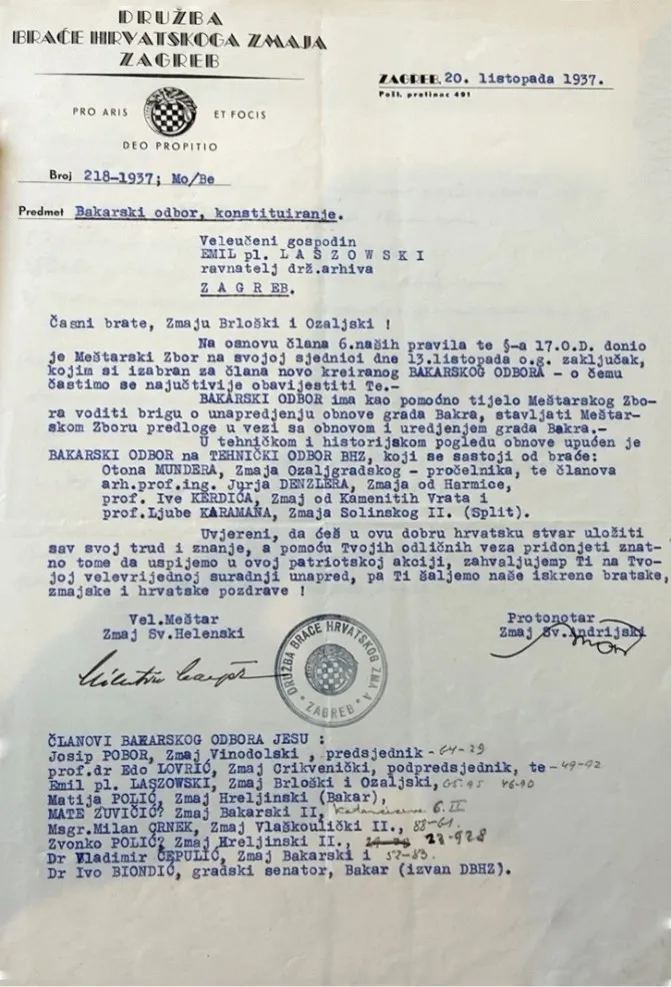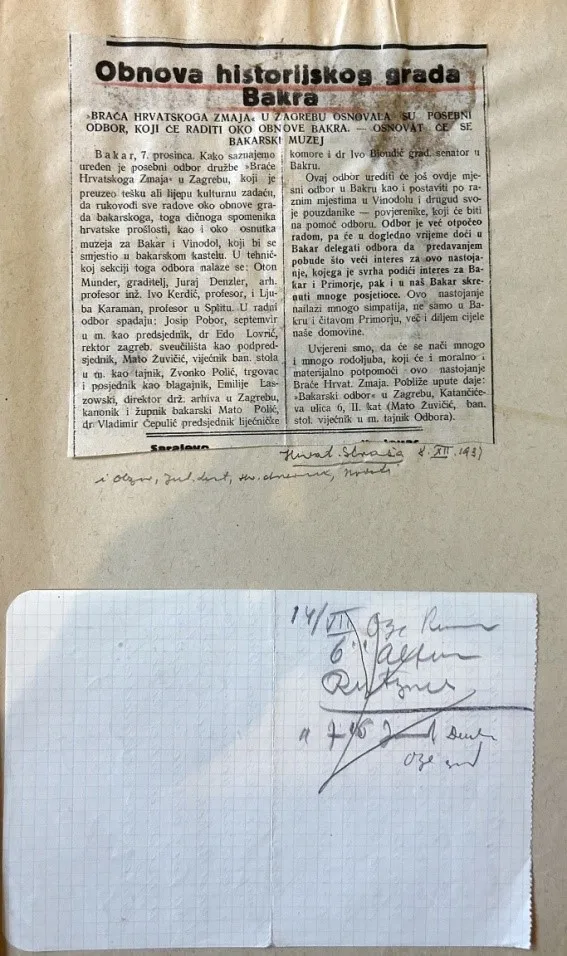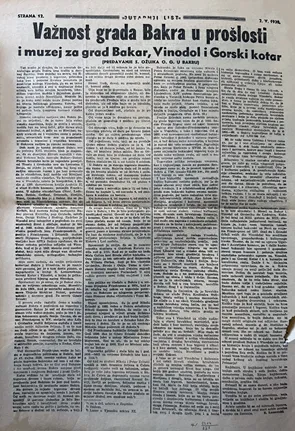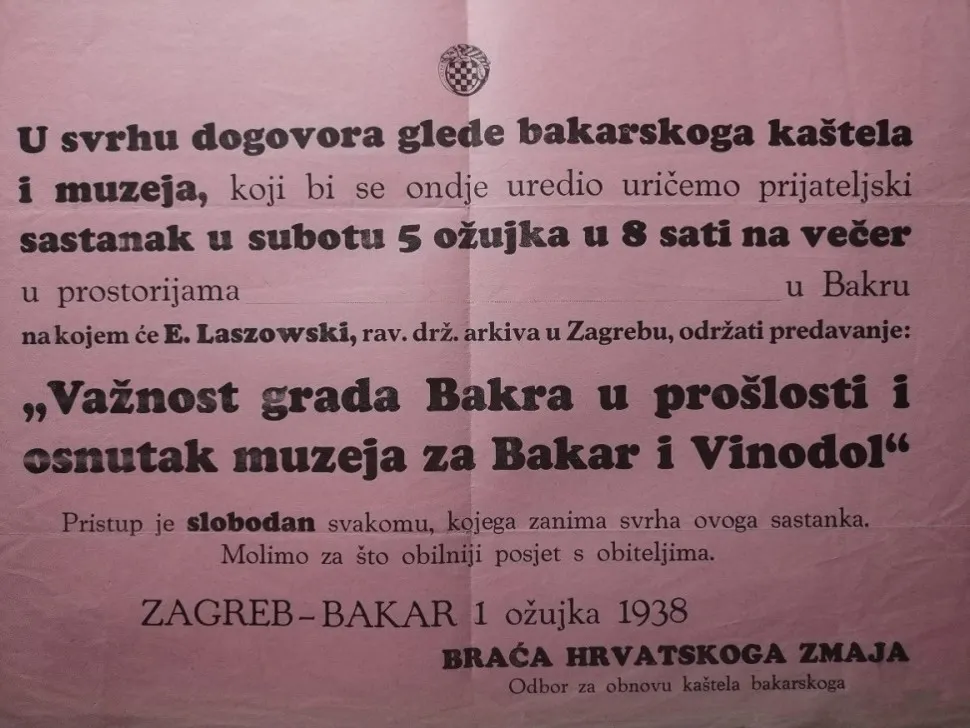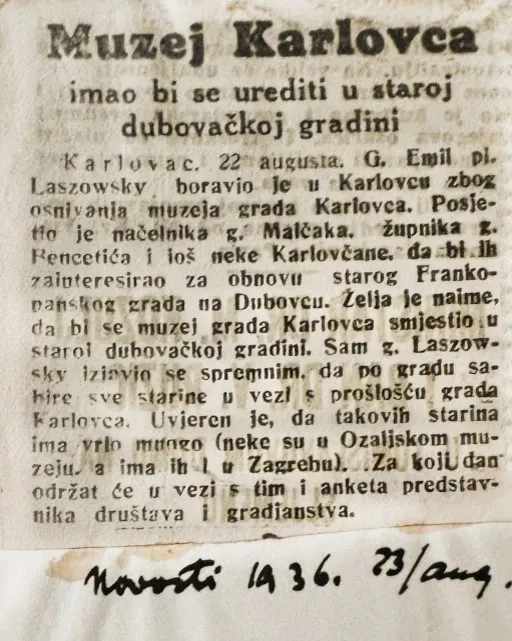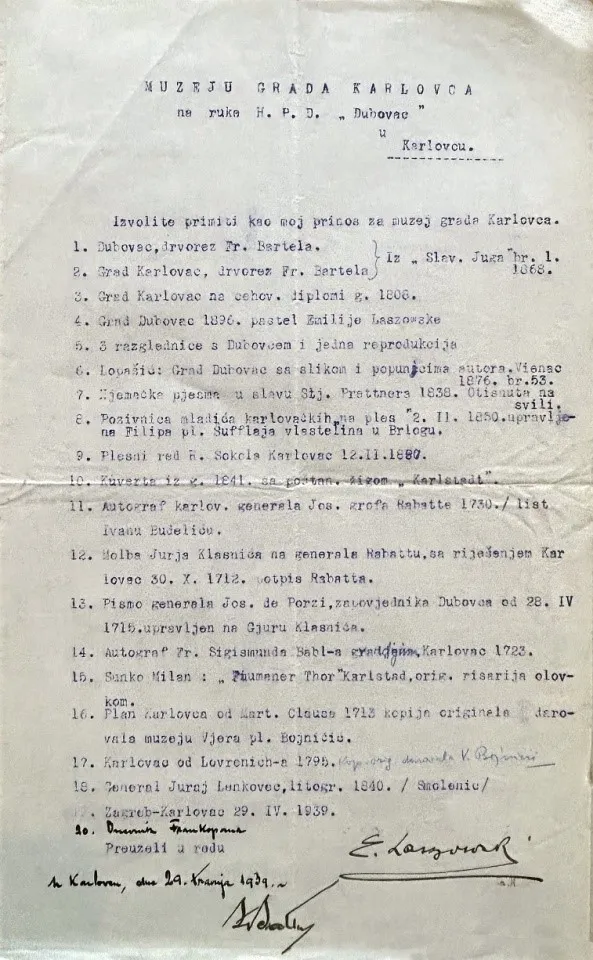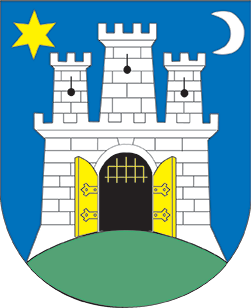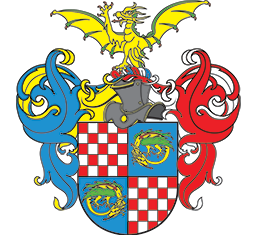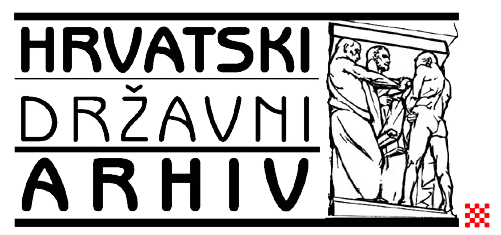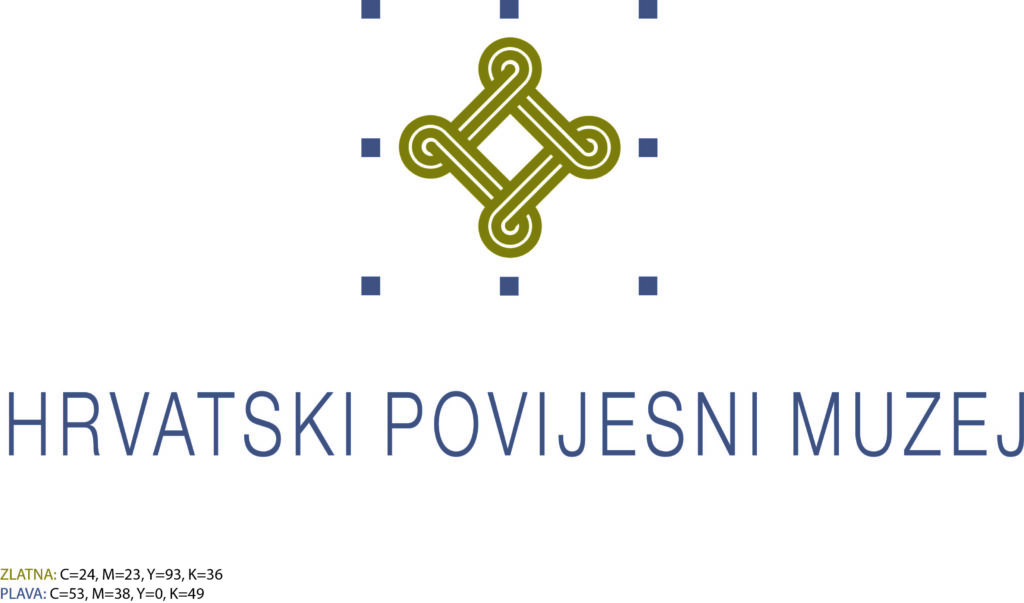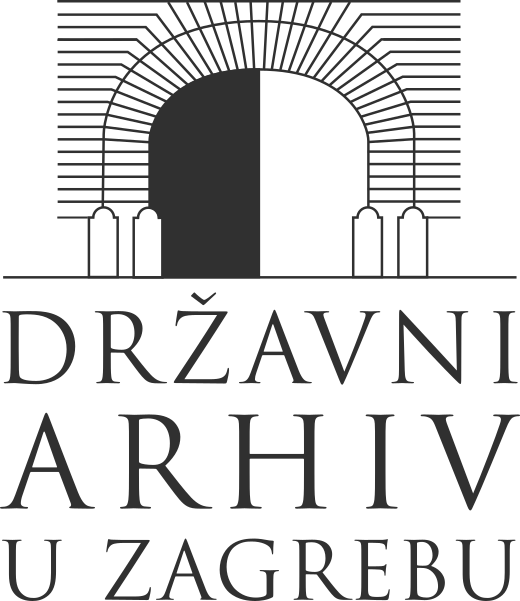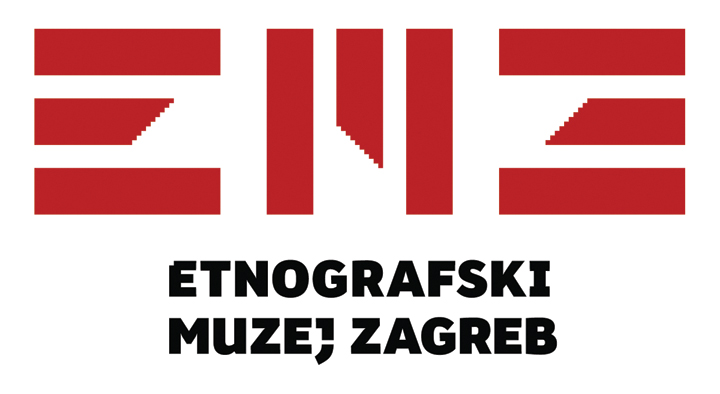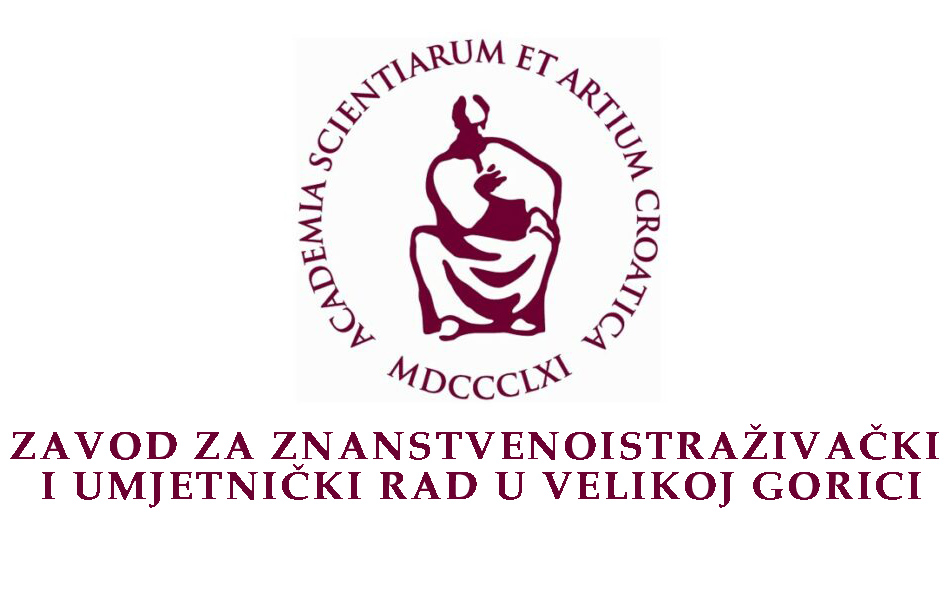10. Other museums
Collecting and preserving objects of cultural and historical value, protecting heritage, as well as donating objects to museums, was a setting in which Laszowski grew up.
Even when he established a museum for which objects needed to be collected, when he could have been “selfish” and direct all objects towards the newly established museum, Laszowski did not deviate from his principles and did not retain objects that belonged to collections of other museums.
He considered his most valuable possessions to be a large collection of weapons and the library. He noted in his records about the weapons that at the request of Dr. Brunšmid, he had sold them to the Archaeological Museum on 26 March, 1898 for 100 forints. Laszowski also donated objects to the Archaeological Museum, and the last note by Laszowski about his donation to this museum dates back to 16 April, 1947, when, along with a donation of letters from Bude Budisavljević and Mijo Sabljar, he wrote that he had bought the letters from Abel Lukšić in 1891, and Lukšić had bought them from the widow of Ivan Kukuljević.
In 1892, he also bought from Abel Lukšić, from the Kukuljević estate, covers of a missal from the Remete Monastery, which he donated to the Zagreb City Museum.
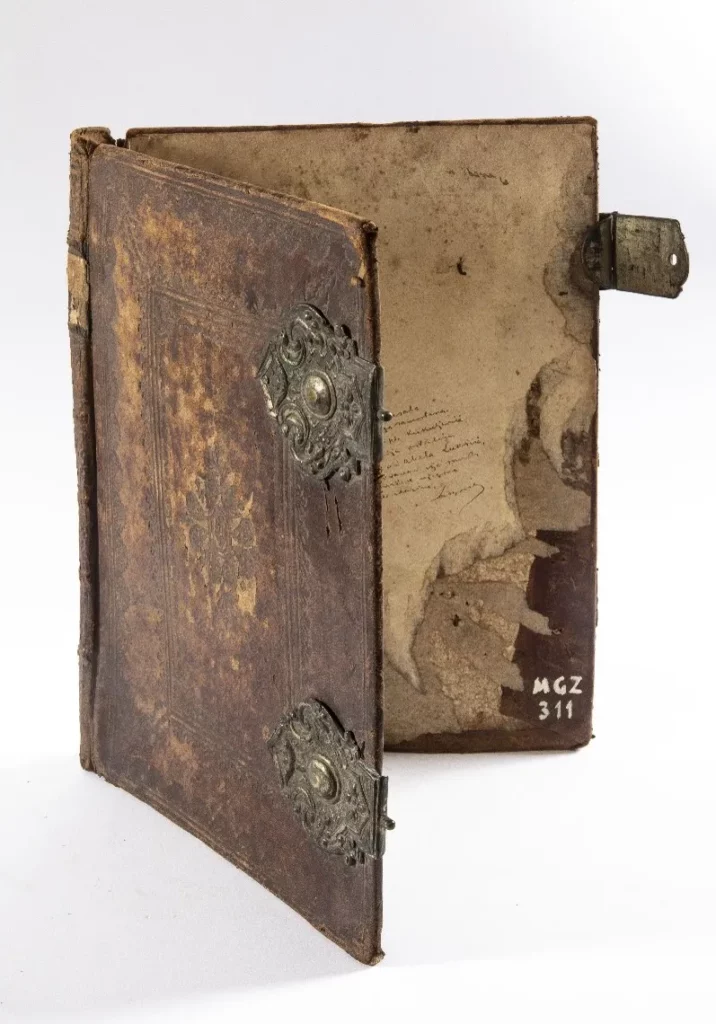
10.4: Missal covers and fastenings; detail – note by E. Laszowski
Photo by: M. Gregl, 2024
Missal covers from the Remete Monastery. From the collection of I. Noble Kukuljević. Purchased among other objects from Abel Lukšić, who sold off the remaining antiquities after Kukuljević’s death.
21. 09. 1892. Laszowski
MGZ

Laszowski was appointed an advocate of the Ethnographic Museum and became a commissioner of the Ethnographic Department of the Croatian National Museum in Zagreb. He was a benefactor to the Ethnographic Museum, the Theatre Archives of the Zagreb National Theatre, the Conservation Institute in Zagreb, the Natural History Museum, Samobor and Varaždin Museums. He donated an object from his family estate to the Museum of Arts and Crafts – his grandfather’s barometer made in the glass factory in Osredak, and today’s Croatian History Museum preserves numerous objects donated by Laszowski. Laszowski had in his family inheritance tickets and theatre programs of Viennese provenance, which he donated to the Vienna Museum.
One particularly valuable object Laszowski donated to the Venerable Cathedral Chapter – a letter from Ivan Zrinski, son of Petar, to his relative Ivan Šubić Peranski, in which he asks him to intercede for his father’s pardon.
This letter is framed with glass on both sides, and in his letter, Laszowski emphasizes the value of the object: Let this precious letter be permanently kept in the treasury as a historical relic, and at the same time, property of all Croatian people.
Donations made to the War Museum in 1945 show another great trait of Laszowski: forgiveness. After being dismissed from a five-month term as director of the War Museum and Archives, Laszowski was not granted retirement status as director of the state archives, which brought him to the brink of existence. However, two years later, Laszowski donated objects to that same museum.
Laszowski played a significant role in the founding of museums in Koprivnica and Petrinja. Thanks to the help of Emilij Laszowski and Vladimir Tkalčić, a museum was founded and opened in Petrinja in 1937. During the establishment, Matija Filjak and Milan Babić were appointed to the board of Petrinja Museum. A letter sent by Matija Filjak to Emilij Laszowski a few years later, reveals Laszowski’s continuous professional assistance and joint concern for museum objects and the museum, whose building was destroyed in 1943. Emilij Laszowski also collaborated with his “dragon brother” from Koprivnica, Dr. Leander Brozović. Laszowski, who had previously published a series of historical sources from the history of Koprivnica, was now passing on knowledge and experience as an archivist, a museum professional, and a founder to Brozović. Dr. Leander’s engagement and volunteer work resulted in founding of the Museum of the Town of Koprivnica, which was ceremonially opened to the public on 27 July, 1951. Leander Brozović served as the first curator and director of the institution until his death on 31 August, 1962.
10.23: Petrinja, Osnivanje gradskog muzeja (Petrinja, Foundation of the town museum)
Novosti, June 19, 1937
HDA
A great commitment of the “Brethren of the Croatian Dragon” Society and Laszowski was reflected in their long-term efforts and work on rescue, restoration, and revitalisation of the former estates of Zrinski and Frankopan families in Bakar and Karlovac. Laszowski was appointed a member of the Bakar Committee and by giving a lecture on the history of Bakar, importance of the town and founding of a museum, he won over many residents of Bakar. Furthermore, he developed a concept for the Bakar museum and library, which he planned to locate in the castle, he listed the objects he observed in Bakar that needed to be preserved for the museum, he managed restoration work, and donated objects to the Museum. At the same time, he was involved in restoration of the old town in Dubovac, with an idea of establishing the Museum of the Town of Karlovac and placing it there. Restoration of the old town of Dubovac was taken over by the Croatian Mountaineering Association Martinšćak, with whom Laszowski agreed and held a lecture on Old Karlovac and Dubovac. Voluntary contributions were collected instead of tickets for the restoration of Dubovac.
10.27: Town of Bakar, excerpt from the magazine Kulisa
Zagreb, 1933
HDA
10.34: Poster of E. Laszowski’s lecture
Zagreb, March 1, 1938
HDA






